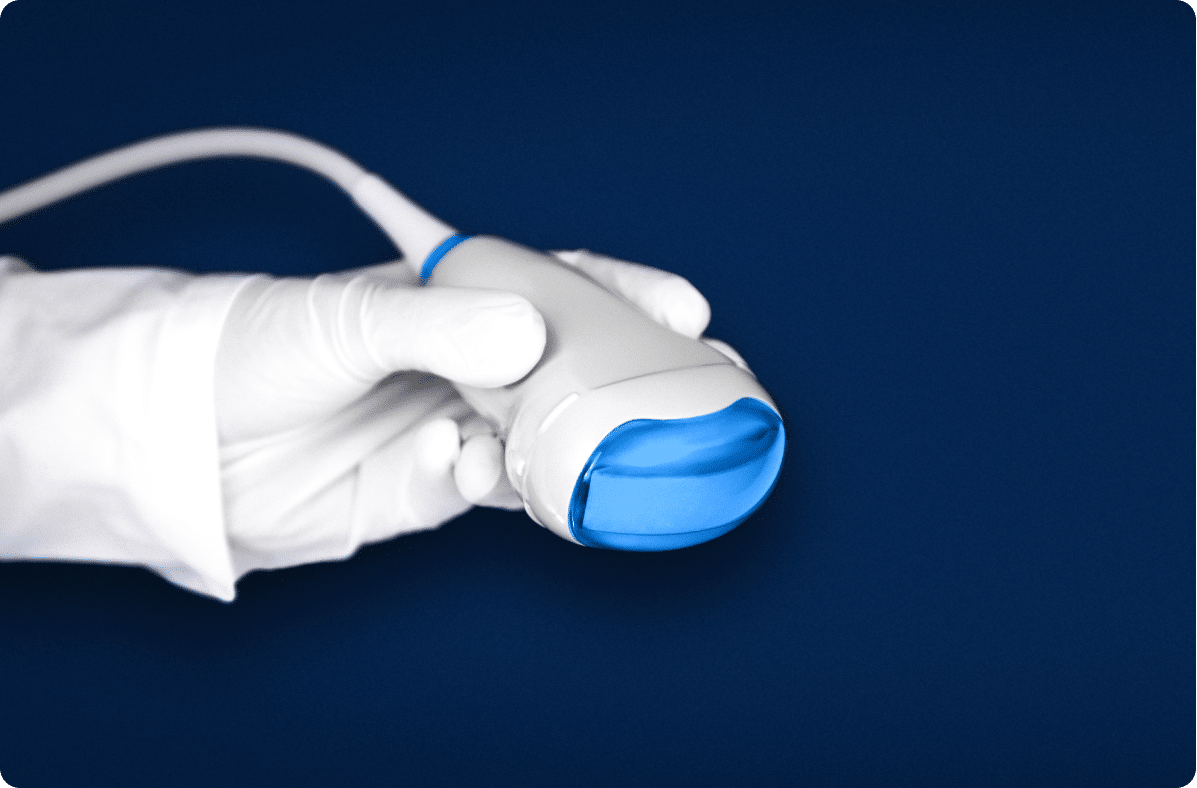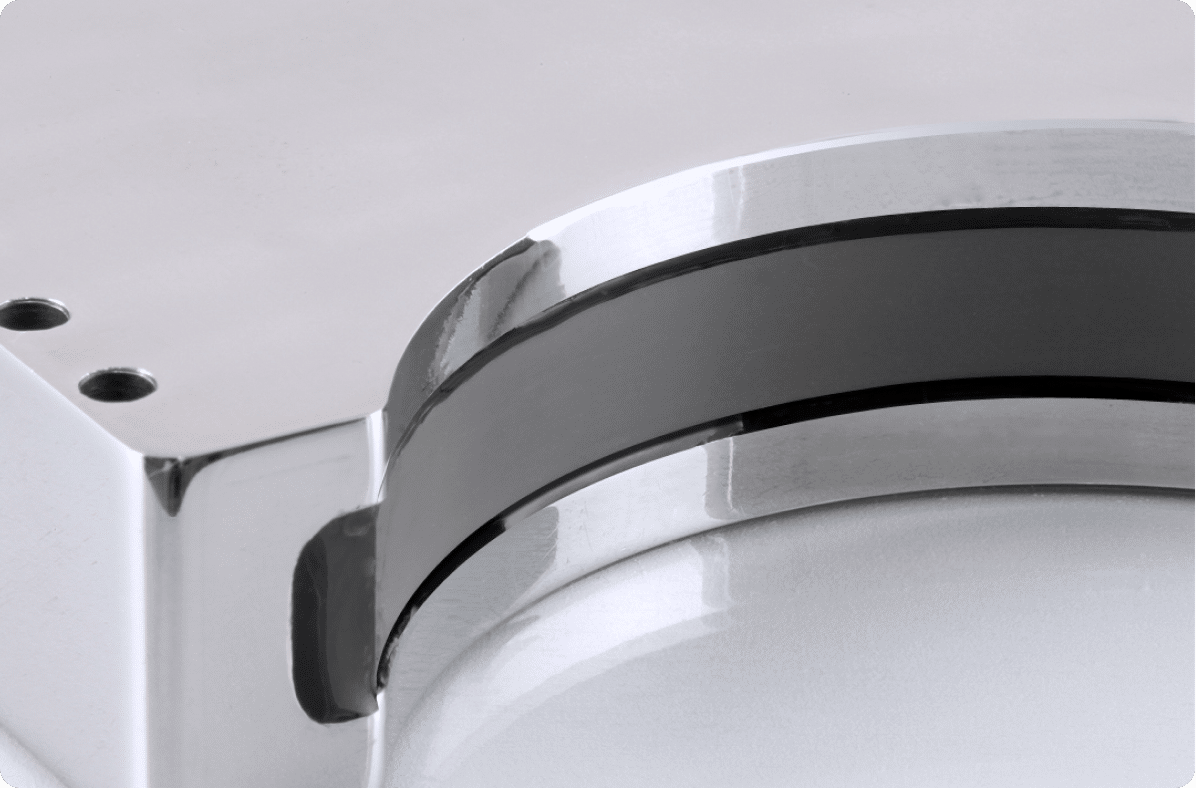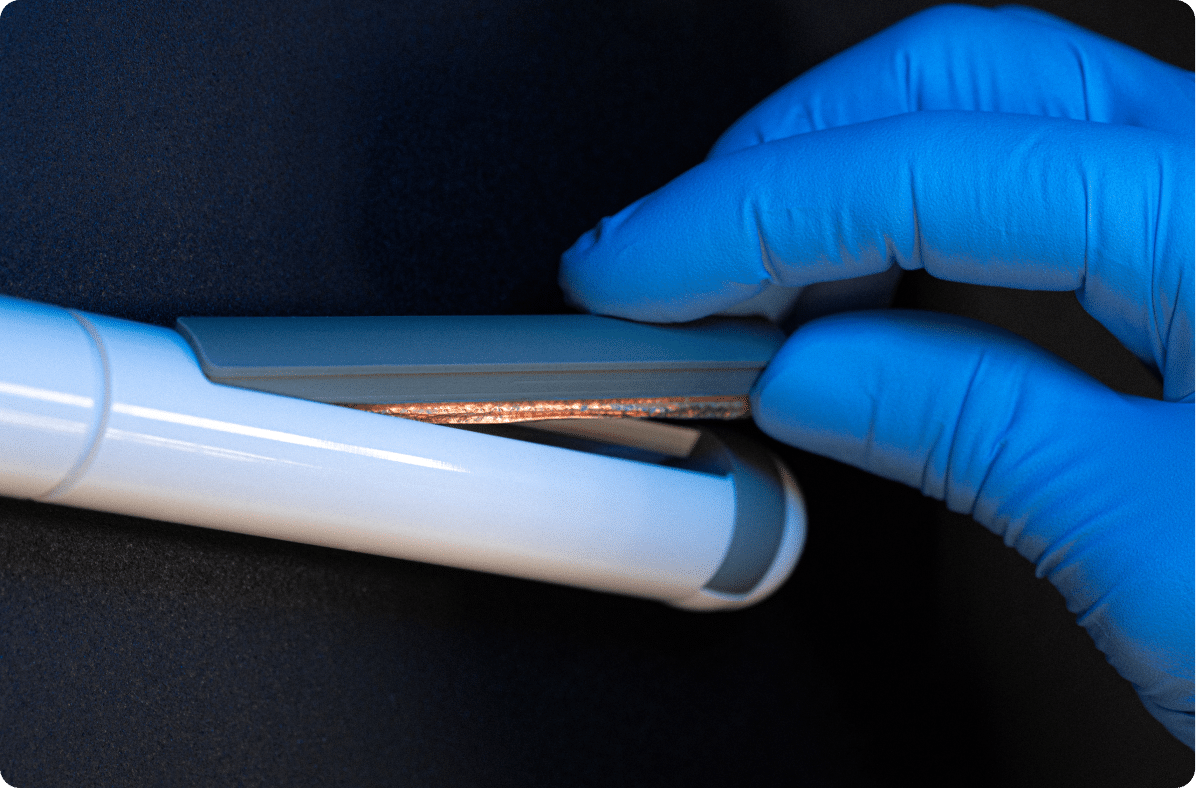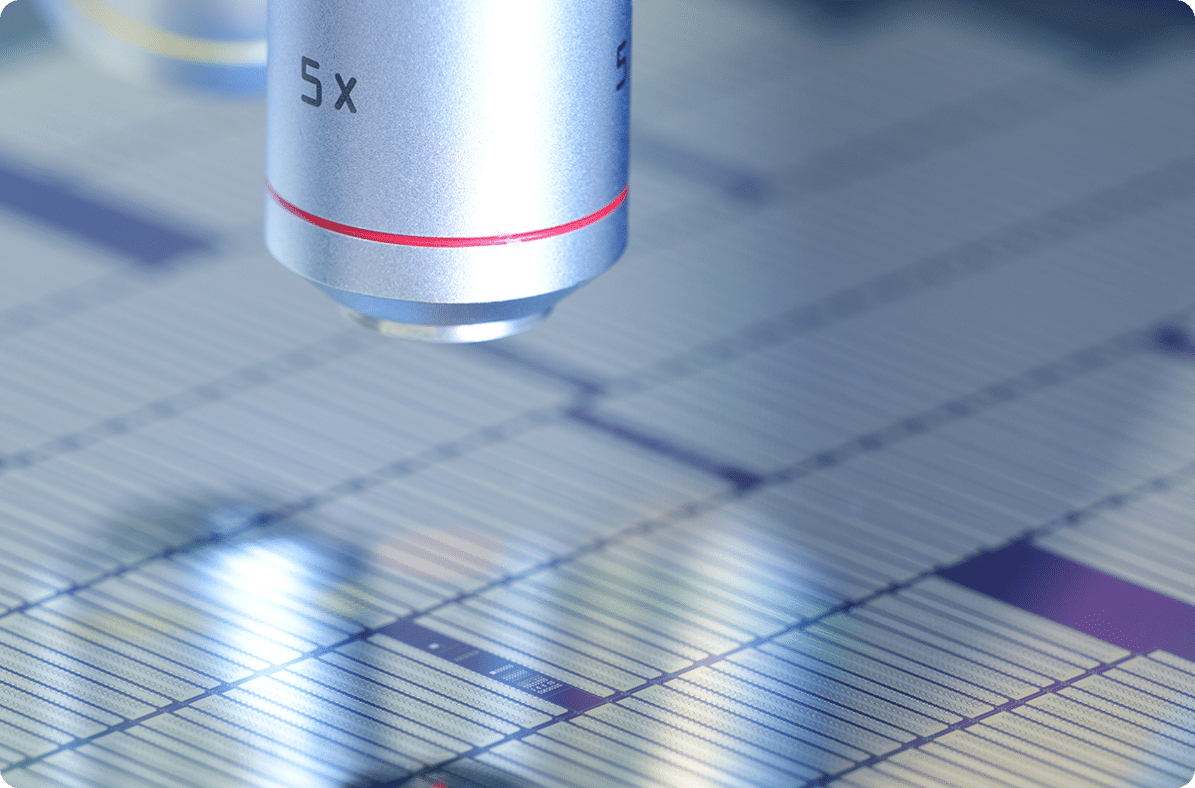Urology
Urology is the branch of medicine specialized in the function and the disorders of the urinary system.
The use of ultrasound is constantly increasing as a precise non-invasive imaging method of the urinary tract, providing good images of the bladder.
The examination could reveal abnormal prostatic volume, prostatic masses or lesions. Based on the results, ultrasound emerges as the best companion solution for further assessments, including guiding transrectal and transperineal biopsy procedures, as well as monitoring therapy.

Prostate
For prostate examinations, a Transrectal Ultrasound (TRUS) examination is typically performed to achieve the best imaging quality using an endocavity probe at a central frequency of around 6.5 MHz.
To directly image the prostate, medical practitioners perform Transrectal Ultrasound (TRUS) by insertion of an endocavity probe, even though some information may be obtainable transabdominally.
Patient referrals for prostate examination can stem from urinary dysfunction, infertility, pelvic pain, prostatitis, and abnormal blood test results. TRUS guidance has also proven useful to assess and perform biopsy on any accessible lesion in the pelvis in both men and women.
TRUS is not used as a primary screening modality for prostate cancer, having less sensitivity and specificity compared with other prostate dedicated imaging methods.
However, ultrasound elastography enhances diagnosis sensitivity and specificity, while three-dimensional volume imaging improves cancer staging by accurately determining gland volume.”
1
Prostate
Recommanded probes :

Biplane Probe – CLA 7.0MHz & LA 7.0 MHz – 192 elts
CLA 7.0/R10/192 & LA 7.0/192-BIP
-
Center Frequency 7.0
-
Number elements 192
-
Pitch 0.180.37
-
Radius curvature 10N/A
-
Transverse aperture 4.25
-
Focal Depth 20/20

Biplane Probe – CLA 6.5 MHz & LA 7.0 MHz – 128 elts
CLA 6.5/R10/128 & LA 7.0/128-BIP
-
Center Frequency 6.57.0
-
Number elements 128
-
Pitch 0.2050.42
-
Radius curvature 10N/A
-
Transverse aperture 57
-
Focal Depth 2035












